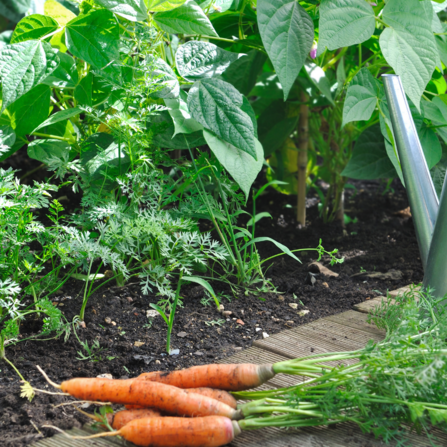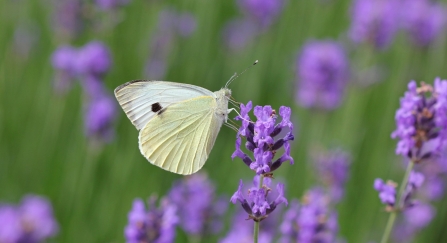Across Manchester and Greater Manchester allotment sites are home to some great wildlife. More and more allotment holders are keen to garden with nature and not against it, so the plots can be quiet and valuable refuges for mammals such as hedgehogs, as well as birds, bees, butterflies and other insects. Allotment sites can act as great stepping stones in the nature networks we’re creating across the whole city, by providing food, water and shelter for our local wildlife.
If you’re lucky enough to have an allotment, you’ll know that not all living things help your crops to grow: slugs can devour seedlings, birds can eat your fruit, foxes can dig and badgers can tunnel.



